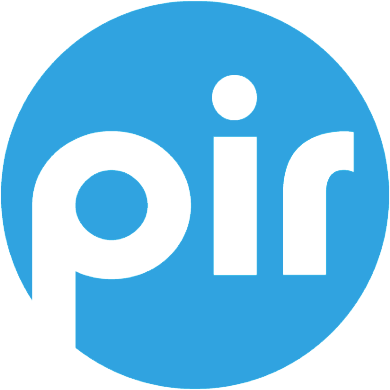Each mission-driven organization is on a journey, whether a day or decade old. This article is part of our “Lessons from Leaders” program, which is designed to offer help from those who’ve faced the same challenges you do now – whether it’s creating an online presence, engaging with communities, fundraising, best practices or other issues. We hope these short essays will help you on your journey – and that someday you’ll offer your own perspectives to help the next generation of mission-driven organizations.
Non-profits need to fund their operations, but what’s the best way to do this?
They could engage in fundraising efforts, seek out corporate sponsors, or simply collect donations. Or, they might try a combination of traditional donations and paid services.
Saya Suka Membaca (SSM) means “I Love to Read” in Indonesian. This small, Jakarta-based educational non-profit provides pre-school and early elementary school teachers, parents, and other educators with literacy training across Indonesia. In fact, SSM has developed its own curriculum and leveled reading books and other resources so that teachers can easily and actively engage children in the learning process. So far, more than 10,000 children across Indonesia have been taught to read using Saya Suka Membaca materials.
As SSM has evolved, it has developed a charitable business model that combines traditional donor-funded activities with selling its books and resources to those who can afford them. This innovative approach allows it to sustain growth and scale its impact. Specifically, SSM makes its curriculum and reading books available for purchase by relatively well-funded partners and individuals. This then allows SSM to subsidize its training and resource materials for partners with smaller budgets on a “pay what you can” basis.
According to Stuart Patience, one of SSM’s founding board members,
“If you can find clients who are not only eager to “pay” with their time, attention and effort to use your product or service, but to actually pay what it costs to make it, you know you have a product that they truly think is valuable. This has two important results. First, it helps you stay focused on the needs of the people you’re serving rather than on your own ideas or the priorities of your donors. Second, you develop programs that are much more likely to scale because growth begins to pay for itself.”
Patience further advocates that innovation means more than making technological solutions: it also includes helping people to understand and to want the solution on offer, and to integrate it into their lives.
“You don’t have a solution until people are actually using it, and finding that it works for them,” he says. “The only way to discover what will work is to spend time with the people you hope will use your product or service and get them to try it out. You need to understand their context, listen to their feedback, and watch what they actually do—not just what they say. Ultimately, they are the ones who will decide if what you have to offer is truly helpful and good enough to meet their needs.”
In sum, mission-based organizations should consider a range of funding options that could include charging fees for its services. This very well could allow its growth to pay for itself.
Saya Suka Membaca [I Love Reading] works for a future where all Indonesian children have the opportunity to learn to read, and to love reading.

